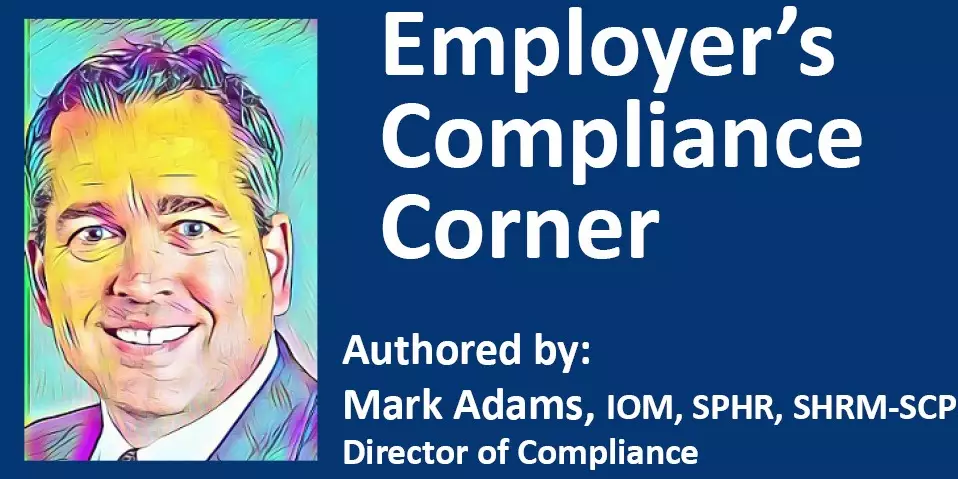Cases Ebb and Flow and the Guidance Continues to Evolve

For those that know me, I love going to Cape Cod and most notably spending time at Barnstable Harbor. In the harbor with its pristine views of Sandy Neck, the tides ebb and flow considerably, and when you spend much of your time boating on those waters, you plan your day around the tides.
Whether it is to know when you can anchor along the shoreline or adjacent to a sand bar and enjoy some sun on the newly exposed sand or avoid getting your boat inadvertently beached on it, knowing the tides is important so your day goes as planned. After all, if the boat gets beached, you may be there longer than you want to be waiting for the tide to turn, come back in and raise your boat back up with the incoming water. This can take hours and if you have later plans, they may get washed away as a result.
Well with each variant (first Delta and now with the various subvariants of Omicron including the most recent BA.5 strain), COVID-19 case tides continue to ebb and flow with those tides currently rising now in some parts of the country.
And it is not only the COVID-19 case tides that continue to change but the Equal Employment Opportunity Commission (EEOC) guidance continues to change as well as they have updated answers to some of their earlier questions and guidance. The ebbs and flows may be not as drastic, but they are noticeable enough that as an employer, you too do not want your best-laid plans to go to waste.
I characterize it this way because it is built upon the foundational principles that they had set forth before. So as an example, the EEOC has been steadfast in its position that COVID-19 mandatory screening is permissible if it is “job-related and consistent with business necessity.” That tenet remains in place. However, what has evolved is that there is less of a presumption or deference that such a standard exists now given the ebb and flow of cases. Rather, the current guidance shifts it to employers to be sure that they make their own assessment to evaluate whether that is indeed the case or not.
According to the EEOC, such an assessment may include “the level of community transmission, the vaccination status of employees, the accuracy and speed of processing for different types of COVID-19 viral tests, the degree to which breakthrough infections are possible for employees who are “up to date” on vaccinations, the ease of transmissibility of the current variant(s), the possible severity of illness from the current variant, what types of contacts employees may have with others in the workplace or elsewhere that they are required to work (e.g., working with medically vulnerable individuals), and the potential impact on operations if an employee enters the workplace with COVID-19. In making these assessments, employers should check the latest CDC guidance (and any other relevant sources) to determine whether screening testing is appropriate for these employees.”
Accordingly, this could lead to various outcomes for employers. It also serves as a reminder that such screening practices should not be considered permanent either. After all, the tides can change right?
The guidance also delves, restates and further clarifies other points as well including that:
- Employers may require ‘Return-to-Work’ confirmation from a health care or medical professional.
- Employers may screen job applicants receiving job offers regarding COVID-19 symptoms before they start work.
- That employers may withdraw job offers if (1) the job requires an immediate start date, (2) CDC guidance recommends the person not be in proximity to others, and (3) the job requires such proximity to others, whether at the workplace or elsewhere.
- An employer may not unilaterally postpone, or withdraw a job offer over concerns that an applicant is older or is otherwise is at high risk due to potential COVID-19 exposure;
- That while employers may still impose mandatory vaccination programs, it cannot impose it upon a disabled employee (who cannot get vaccinated due to the disability) unless it can demonstrate that the disabled individual would pose a “direct threat” to the health or safety of the employee or others while performing their job.
- That antibody testing is not permissible (since that does not indicate whether someone currently has COVID-19 or not but rather whether someone has had it in the past).
So, remember to continue to plan and chart your path properly as you continue to navigate these COVID-19 waters and tides.
Thank you for viewing this article in EANE’s Employer’s Compliance Corner Blog, Authored by our Director of Compliance, Mark Adams. Please visit again soon to stay up to date on today’s compliance updates and best practices for employers.